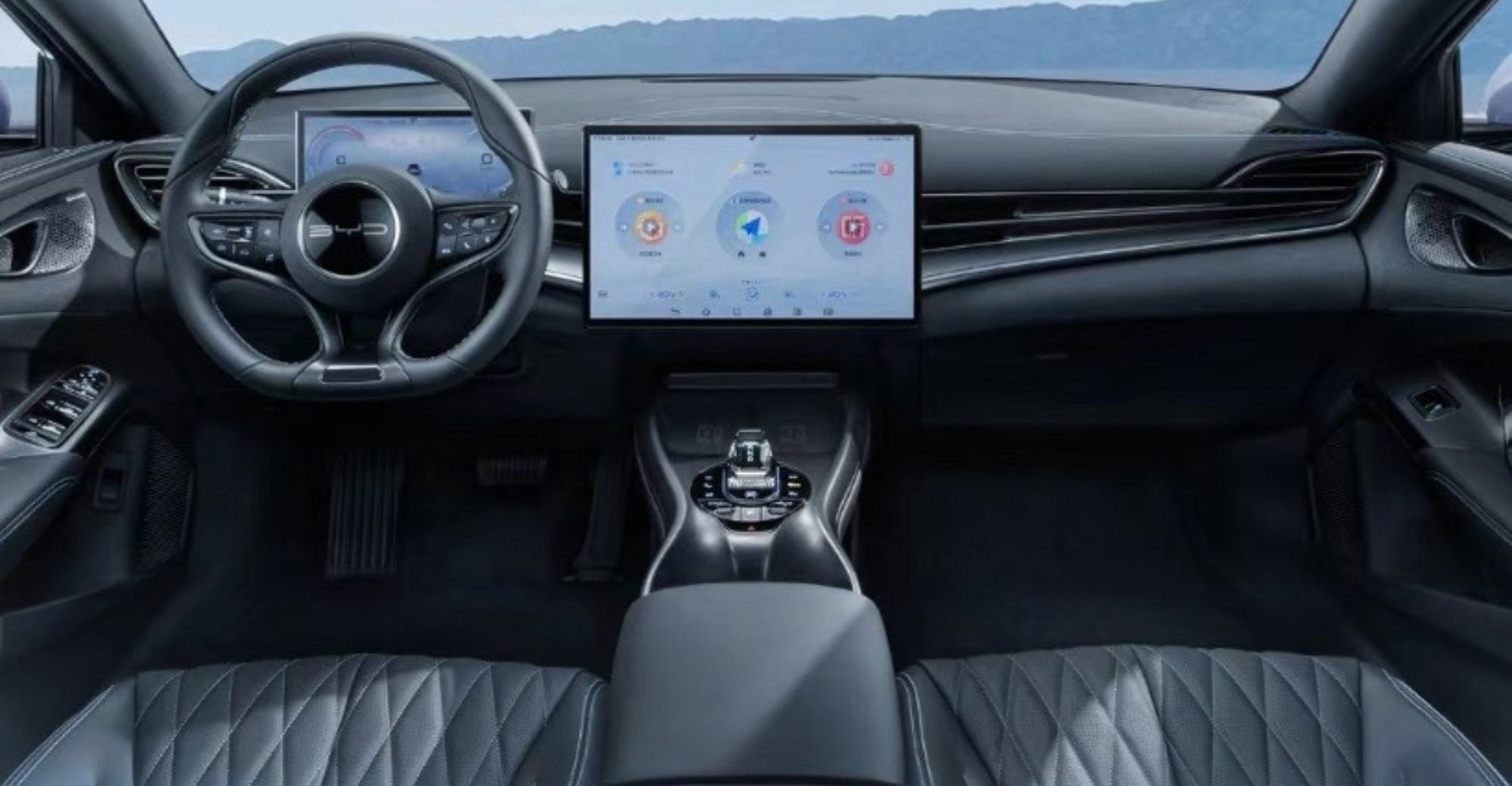Pony.ai Could Become the First Global Robotaxi Stock
On October 18, Beijing time, Pony.ai officially submitted its IPO prospectus to the U.S. Securities and Exchange Commission (SEC), planning to list on the Nasdaq with the stock ticker “PONY”. Goldman Sachs, Bank of America Merrill Lynch, Deutsche Bank, and Huatai Securities are serving as the main underwriters. According to the China Securities Regulatory Commission’s overseas listing record, it plans to issue no more than 98.1495 million common shares. If the listing is successful, Pony.ai is expected to become the “first global Robotaxi stock”.
Founded in 2016, Pony.ai provides autonomous driving technology and solutions for the global transportation and logistics markets. It develops “virtual driver” technology applicable to different vehicle types and application scenarios, laying out three major businesses: autonomous driving ride services (Robotaxi), autonomous driving trucks (Robotruck), and passenger vehicle intelligent driving (POV).
Based on “virtual driver” technology, Pony.ai’s revenue comes from autonomous driving ride services (Robotaxi), autonomous driving trucks (Robotruck), and technology licensing and application services. The prospectus shows that in 2022, 2023, and the first half of 2024, Pony.ai’s revenue scale was $68.39 million, $71.9 million, and $24.72 million, respectively, with cumulative revenue exceeding $165 million (about RMB 1.2 billion), making it the highest revenue L4 autonomous driving company in China. Among them, the revenue scale in the first half of 2024 increased by 101.2% year-on-year.
From 2022 to 2023, Pony.ai’s adjusted net loss was $148 million and $125 million, respectively. In the first half of 2024, Pony.ai’s adjusted loss before adjustments was $51.78 million, a year-on-year decrease of 25.6%, and the net loss gradually narrowed.
As of June 30, 2024, the company’s cash and cash equivalents, short-term investments, and restricted cash totaled $473 million (about RMB 3.437 billion). Pony.ai stated that these funds can maintain the company’s stable operation for about 5 years.
Specifically, in terms of Robotaxi, Pony.ai is the first company in China to obtain Robotaxi licenses in Beijing, Shanghai, Guangzhou, and Shenzhen. It currently operates a fleet of more than 250 autonomous taxis. Among them, Beijing, Guangzhou, and Shenzhen have already started charging for fully autonomous driving services.
At the end of 2018, Pony.ai launched China’s first Robotaxi service. As of June 30, 2024, the number of registered users of the “PonyPilot” mobile app exceeded 220,000. As of August 31, 2024, about 70% of users used the service multiple times. In addition, Pony.ai has also connected to third-party taxi platforms such as Gaode Maps, Alipay, and Ruqi Travel. As of June 30, 2024, the average daily order number for each fully autonomous Robotaxi of Pony.ai exceeded 15.
In terms of autonomous driving trucks (Robotruck), Pony.ai is operating a fleet of more than 190 autonomous driving trucks, including self-operated and cooperatively operated with China’s largest freight logistics company, China Foreign Trade. This fleet has accumulated about 5 million kilometers of autonomous driving. In its commercial operation process, it has transported more than 767 million ton-kilometers. At the same time, Pony.ai is also cooperating with Sany Group to jointly develop L4 level autonomous driving trucks.
Before the IPO, Pony.ai went through 7 rounds of financing, involving more than $1.3 billion. In addition to investment, Toyota, FAW, and other automakers also cooperate with Pony.ai in autonomous driving. In August 2019, Pony.ai announced a strategic cooperation with Toyota and began the development of the first Robotaxi model. In April 2024, Pony.ai, Toyota China, and Guangzhou Toyota set up a joint venture company with an investment of over RMB 1 billion to promote the mass production and service of autonomous taxis.
Frost & Sullivan predicts that, measured by transaction volume, the global mobile travel market will reach $4.5 trillion in 2025 and will further grow to $4.7 trillion by 2030. With the advancement of technology, policies, and the reduction of hardware costs, Robotaxi services are expected to be commercialized around 2026. At present, however, there is no Robotaxi company in the world that can reach a deployment level of thousands.
SEE ALSO: Neta Auto Responded to Rumors of Employee Salary Delays




